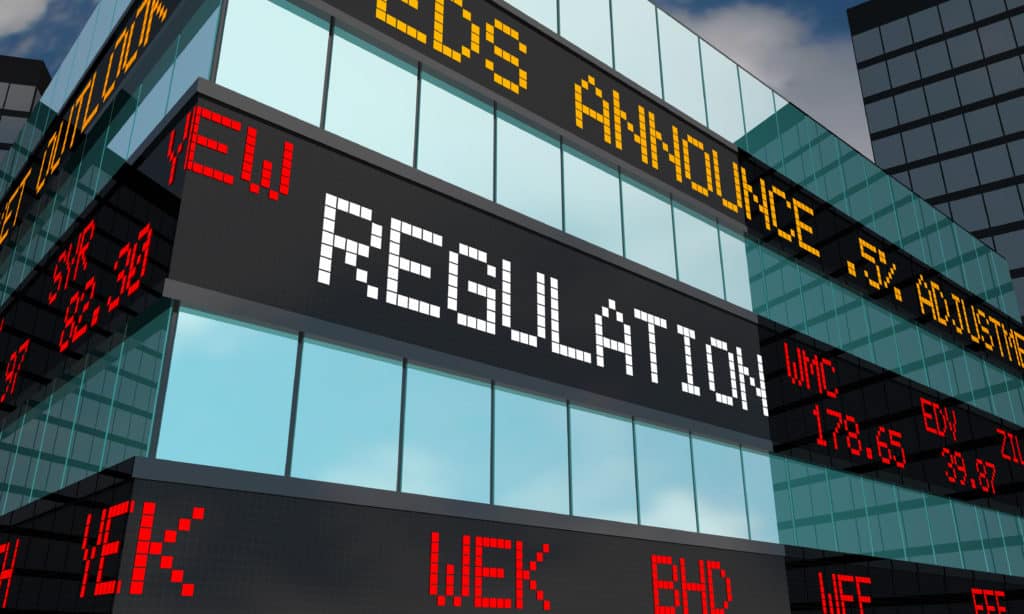
Glenn Havlicek is CEO and Co-Founder at GLMX, which provides technology for the trading of repurchase agreements and secured lending.
What was the key theme for your industry in 2020?
The past year was all about automation for the securities financing space. The implementations of phases 1 to 3 of the Securities Financing Transactions Regulation (SFTR) have been huge milestones for the industry in driving forward the electronification of repo workflows. At GLMX, we saw a large uptick in participants joining the platform to benefit from a single, unified view at the point of execution for managing initial negotiation and subsequent lifecycle actions of their securities finance transactions with the option of reporting directly to a trade repository. This electronification was accelerated further by the outbreak of COVID-19, with firms needing the right tools in place to work remotely to mitigate operational and technical challenges posed to their repo traders.
What are your expectations for the market in 2021?
Increased regulatory oversight will be the most pressing issue for market participants. Given COVID-19’s impact on markets globally, I think it’s likely that we will see more discussions around the industry’s regulation. It was often the case that there were inaccurate prices of prime funds in money markets. We also saw that runs on prime money market funds were aggressive as participants searched for market liquidity during the height of the crisis, so I expect regulatory bodies will be looking into how they can combat this in the future and whether or not more stringent liquidity restrictions need to be put in place.
Secondly, there will be a greater focus on data accessibility. We saw that the Fed injected trillions of dollars into the market in March to prevent repo markets from becoming illiquid, and with the Secured Overnight Financing Rate (SOFR) continuing to evolve as a LIBOR replacement, this may present unintended liquidity consequences in derivatives markets. One of the challenges with SOFR to this point has been the overall lack of data to support its transition. As SOFR is based on transactions in the Treasury repo market, any intervention by the Fed in the repo market will cause changes with contracts tied to SOFR. As a result, I expect regulators to look at additional measures that can be taken to maintain liquidity in money markets in times of crisis.
What do you think is becoming increasingly important for securities finance participants?
The need for a connected ecosystem. As securities finance becomes increasingly electronic, participants need to have the flexibility of operating models to drive additional simplicity, transparency, and insights into the trading lifecycle. This is where connected EMS/OMS platforms are providing significant value, delivering market participants with the tools needed to help streamline workflows, and automate manual processes, which is essential to increasing efficiency while mitigating trade entry errors – improving productivity and minimizing risk.






